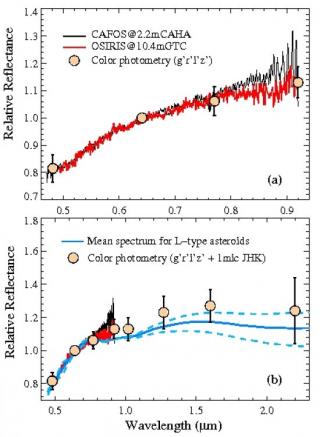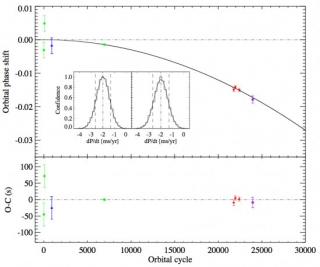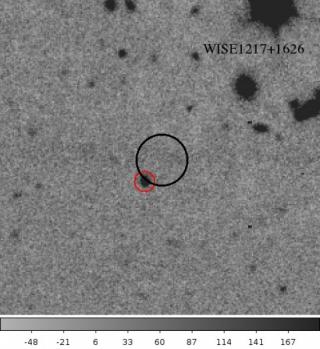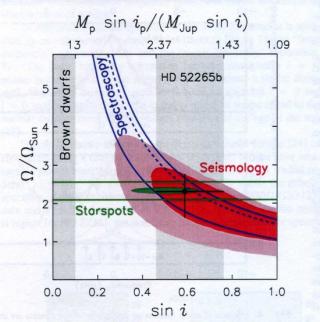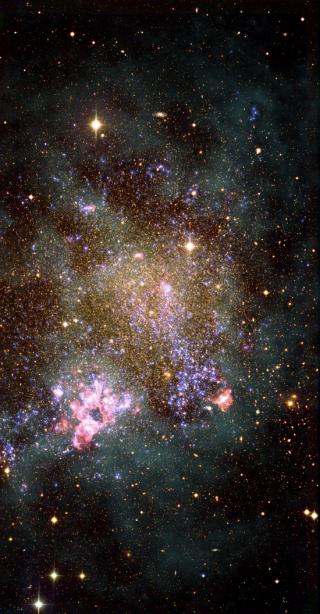![Upper panel: composite image of NGC 6946 obtained by adding all the wavelengths for the Hα scan. The circle indicates the position of region at RA: 308.6998566 degrees, DEC: +60.1772541 degrees. Lower panel: spectral energy distribution for Hα + [NII] (le Upper panel: composite image of NGC 6946 obtained by adding all the wavelengths for the Hα scan. The circle indicates the position of region at RA: 308.6998566 degrees, DEC: +60.1772541 degrees. Lower panel: spectral energy distribution for Hα + [NII] (le](/sites/default/files/styles/crop_square_2_2_to_320px/public/images/news/resultados115_122.jpg?itok=QokYZpIE)
Using the OSIRIS tunable narrow band imager on the 10.4m GTC (La Palma) we have mapped the SAB(rs)cd galaxy NGC 6946 over a 7.3x7.5 square arcminutes field in the emission lines of the [SII]\lambda\lambda, 6717, 6731 doublet, and in H\alpha. From these maps we have produced catalogs of the H\alpha luminosities and effective radii of 557 HII regions across the disk, and derived the [SII] emission line ratios of 370 of these. The H\alpha observations were used to derive the mean luminosity-weighted electron densities for the regions of the sample, while the [SII] line ratios allowed us to
Advertised on
